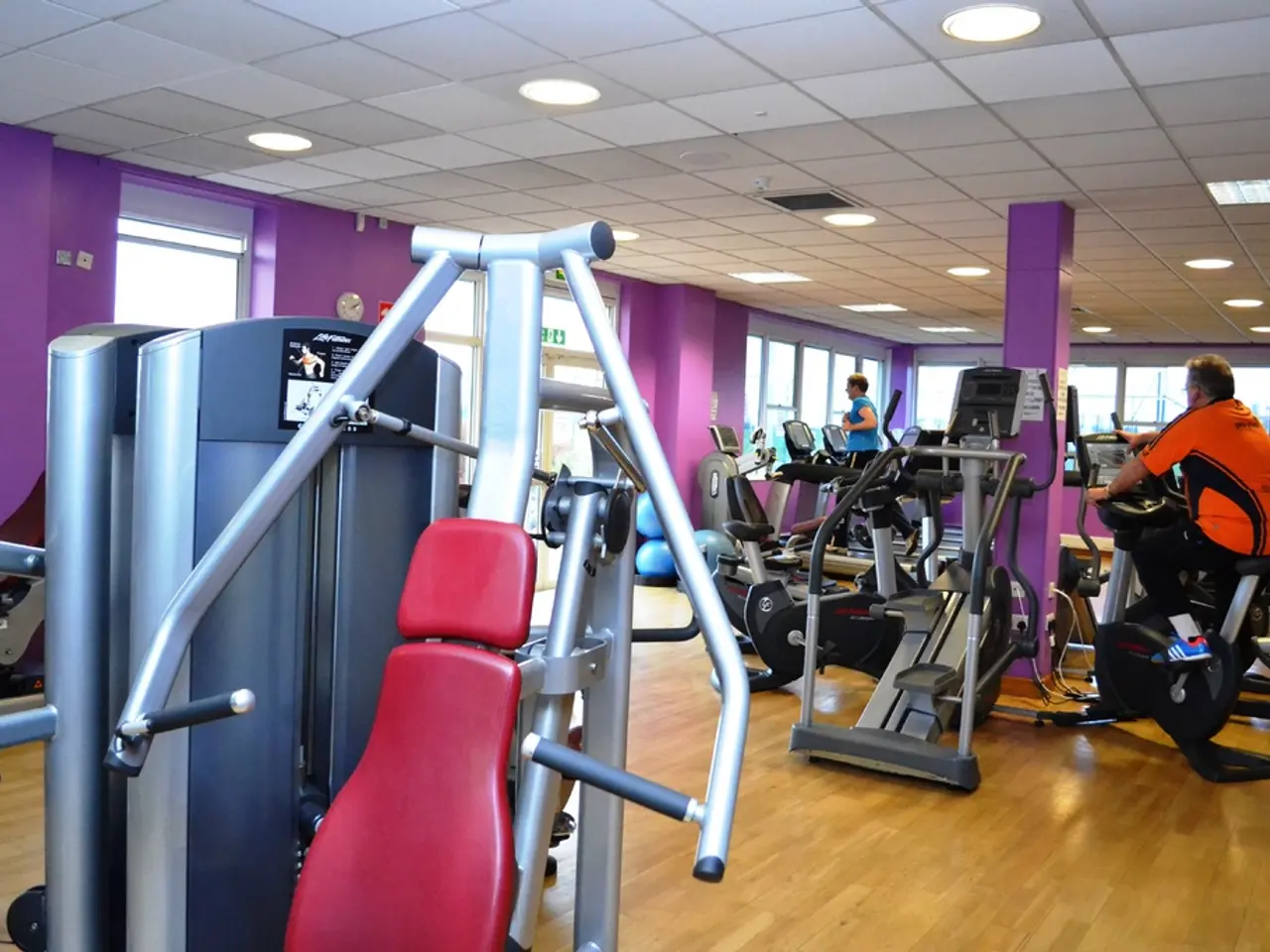Treatment for Addiction: Initial Steps, Variations, and Medications
In the fight against addictive disorders, traditional treatment methods often play a crucial role. However, as addiction is a complex issue that affects an individual's mind, body, and spirit, alternative and complementary treatment options are increasingly being considered to promote recovery.
Holistic therapy, for instance, focuses on treating the person as a whole, addressing underlying emotional or psychological issues beyond substance use. Yoga, meditation, and mindfulness practices have been found to be effective in improving emotional regulation, reducing cravings, and lowering relapse rates. Art and music therapy allow individuals to express emotions nonverbally, fostering emotional healing and self-discovery. Exercise therapy is used to naturally improve mood and provide structure, enhancing overall well-being.
Proper nutrition is vital in replenishing nutrients lost through substance abuse, restoring brain function, stabilizing mood, and reducing cravings during recovery.
Alternative support groups and recovery programs such as SMART Recovery, Women for Sobriety, Secular Organizations for Sobriety (S.O.S.), and Moderation Management offer tailored approaches for diverse addictions. These groups provide a non-religious community-based approach, a gender-specific focus, or a self-guided, science-based approach, respectively.
Vocational and life skills training help individuals reintegrate into society by providing direction, purpose, and reducing relapse risk through constructive engagement with everyday life.
These alternative methods often work best in combination with traditional treatments such as medication-assisted treatment (MAT), cognitive-behavioral therapy (CBT), and other behavioral therapies. By addressing emotional, physical, and social dimensions of recovery that conventional approaches may miss, these diverse options can enhance overall effectiveness when standard methods alone fall short.
The choice of an alternative treatment depends on the individual's preferences, specific addictions, and underlying needs. In the United States, around 8.1 percent of the population, or 21.7 million people, either need or regularly receive treatment for substance use disorders.
Short-term residential treatment focuses on detoxification and prepares an individual for a longer period within a therapeutic community through intensive counseling. People in treatment programs should also receive testing for infectious diseases that might have resulted from certain high-risk situations associated with their addictive disorders such as HIV, hepatitis, and tuberculosis.
If a person is not connecting with their counselor, they should consider finding a new counselor instead of abandoning treatment. Naltrexone, Acamprosate, and Disulfiram are medications used to reduce cravings and withdrawal symptoms for people with alcohol use disorder.
The first step towards recovery is acknowledging that substance use has become a problem in a person's life. Fully licensed residential facilities are available to structure a 24-hour care program, provide a safe housing environment, and supply any necessary medical interventions or assistance.
Longer-term treatment programs for substance-related and addictive disorders can be highly effective and focus on remaining drug-free and resuming function within social, professional, and family responsibilities. Self-help groups such as Alcoholics Anonymous (AA) and Narcotics Anonymous (NA) can help the recovering individual meet others with the same addictive disorder, boost motivation, and reduce feelings of isolation.
Therapeutic communities serve as key factors in recovery from and changes in attitudes and behaviors toward drug use for people seeking long-term treatment for severe forms of addictive disorder. Treatment options for addiction depend on several factors, including the type of addictive disorder, the length and severity of use, and its effects on the individual.
In 80 percent of cases, a treatment clinic will use medications to reduce withdrawal symptoms. The United States Food and Drug Administration (FDA) approved the first-ever mobile application, reSET®, as effective for use alongside outpatient management for marijuana, cocaine, alcohol, and stimulant use disorders in 2017.
Detoxification is normally the first step in treatment, involving clearing a substance from the body and limiting withdrawal reactions. Counseling and behavioral therapies are the most common form of treatment following detoxification. Doctors and rehabilitation specialists may prescribe other medication to address other possible mental health conditions, including depression and anxiety, that may be a cause or result of substance-related disorders.
Recovery housing provides a supervised, short-term stay in housing to help people engage with responsibilities and adapt to a new, independent life without on-going substance use. The journey towards recovery is unique for each individual, and exploring a variety of treatment options can significantly increase the chances of successful recovery.
- Yoga, meditation, and mindfulness practices, used in holistic therapy, have been found to be effective in improving emotional regulation, reducing cravings, and lowering relapse rates, making them valuable tools in addressing the emotional and psychological aspects of addiction recovery.
- Art and music therapy allow individuals to express emotions nonverbally, fostering emotional healing and self-discovery, which are crucial components in the complex process of recovering from addiction.
- Exercise therapy is used to naturally improve mood and provide structure, enhancing overall well-being during recovery, aiding in the physical recovery process that is vital for those recovering from substance abuse.
- Alternative support groups and recovery programs such as SMART Recovery, Women for Sobriety, Secular Organizations for Sobriety (S.O.S.), and Moderation Management offer tailored approaches for diverse addictions, providing a non-religious community-based approach, a gender-specific focus, or a self-guided, science-based approach, respectively.
- Proper nutrition is vital in replenishing nutrients lost through substance abuse, restoring brain function, stabilizing mood, and reducing cravings during recovery, ensuring that individuals receive the necessary nourishment for a healthy recovery process.




